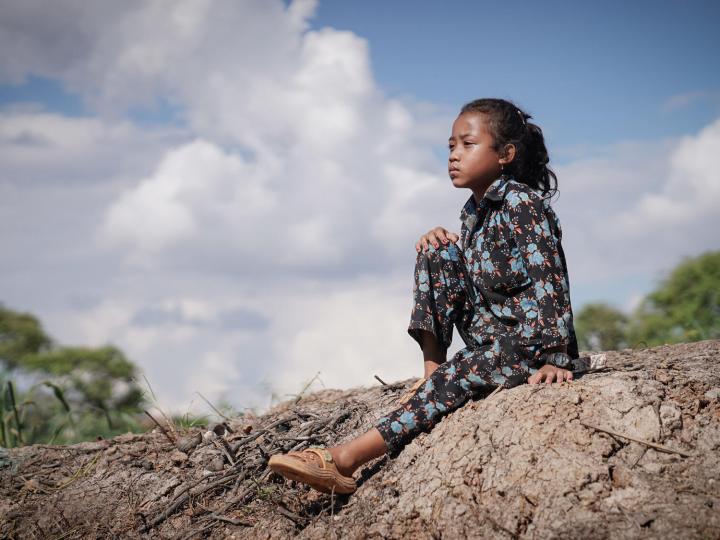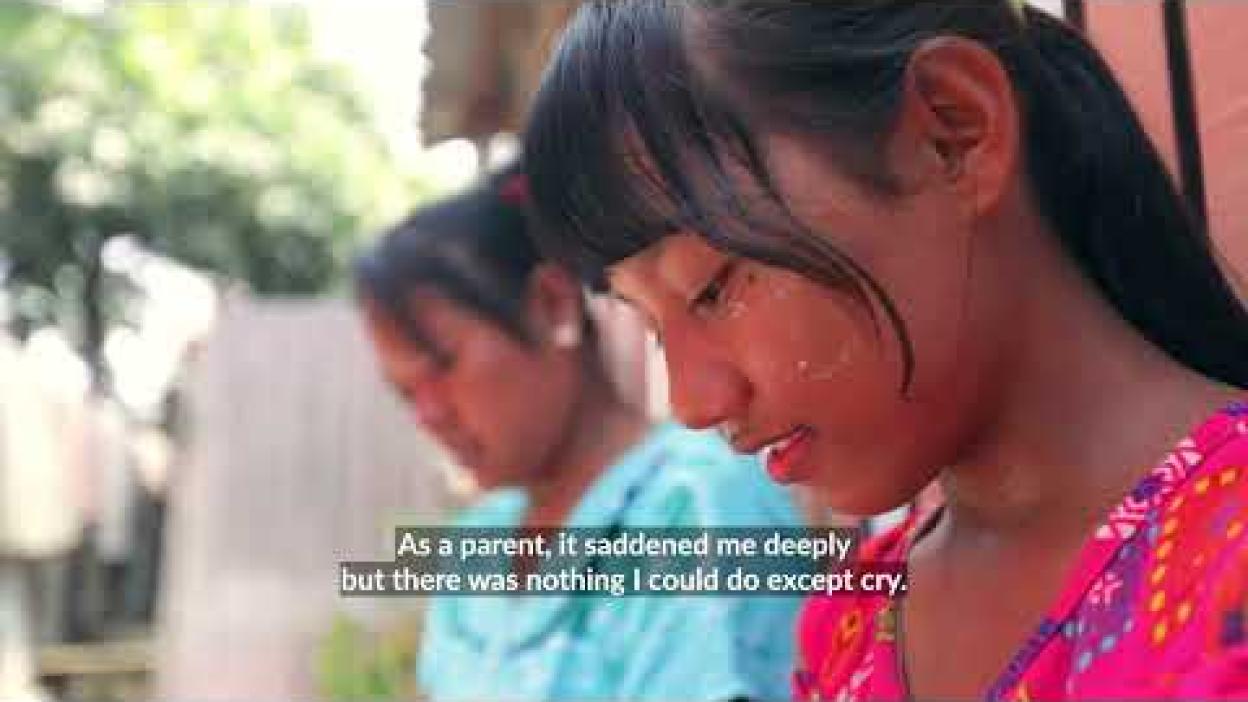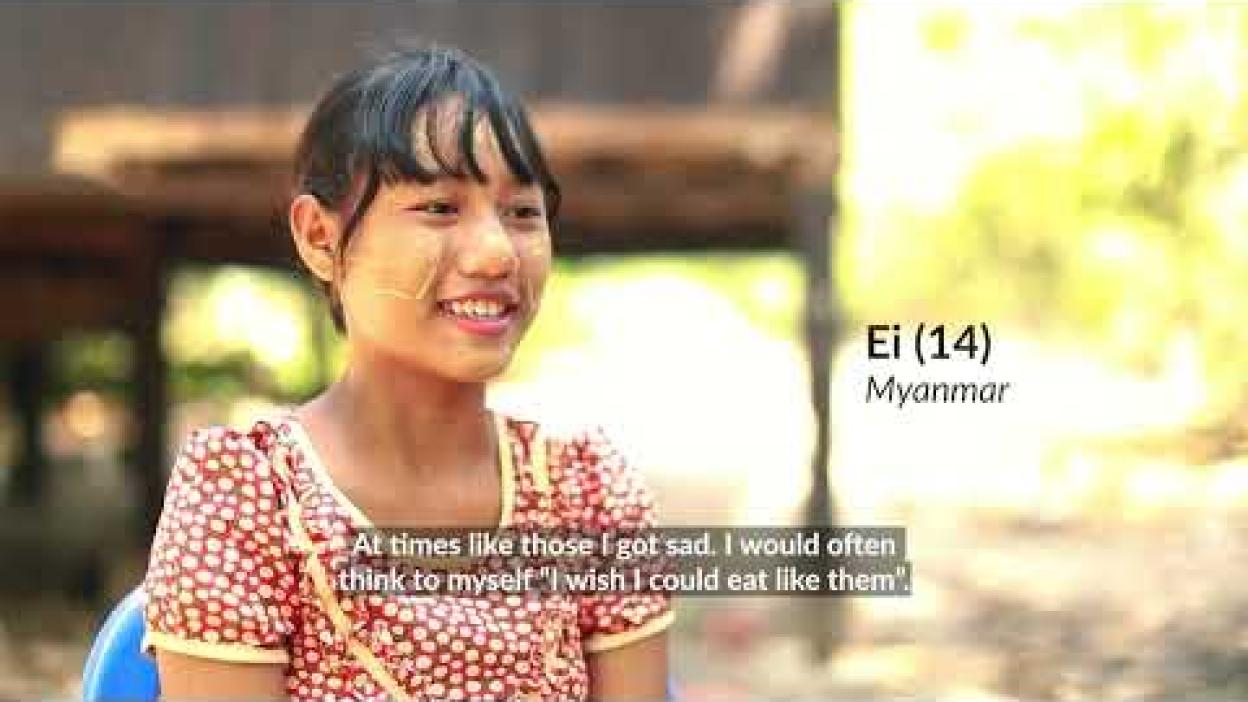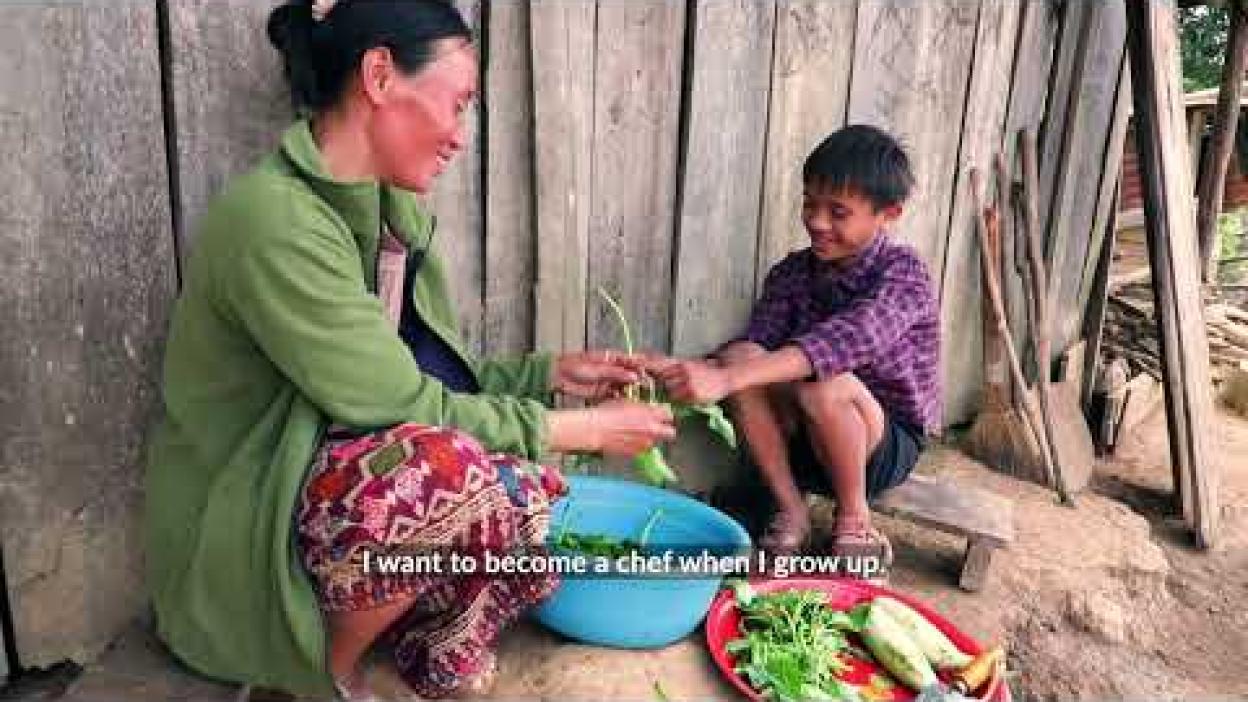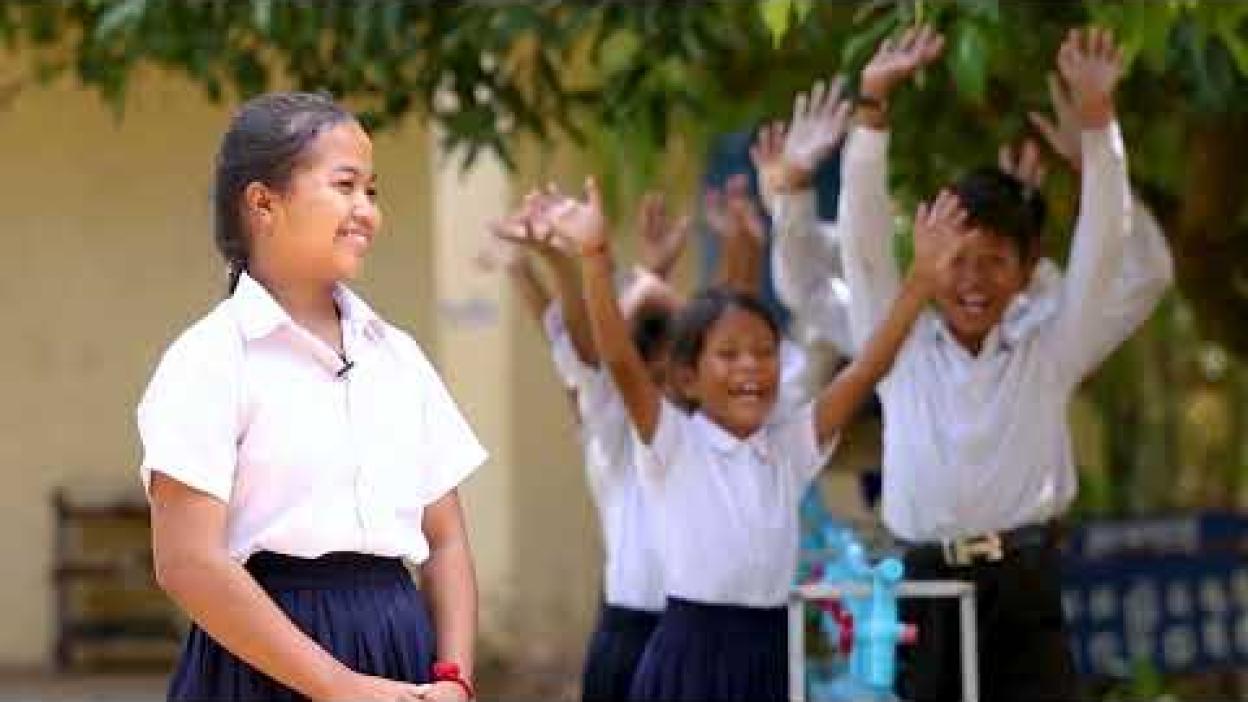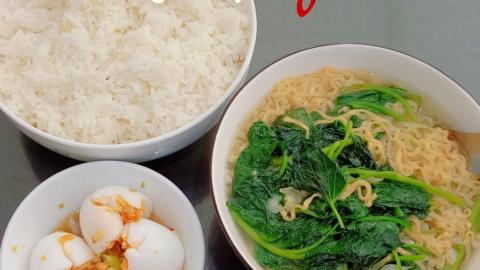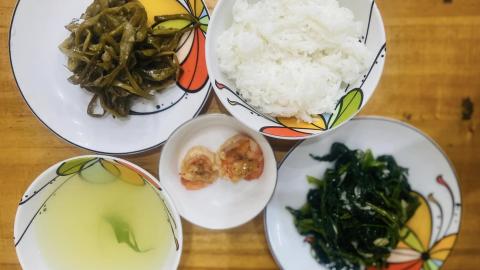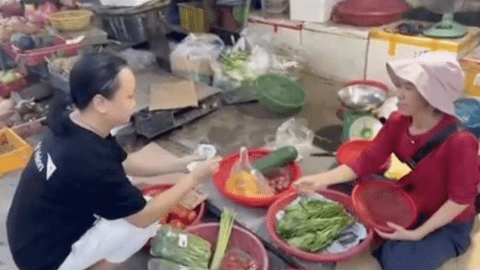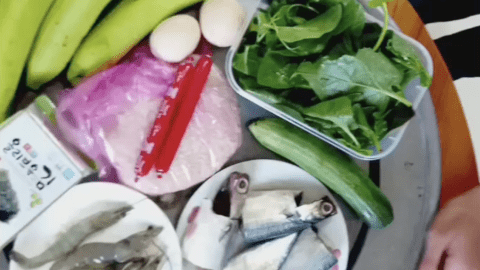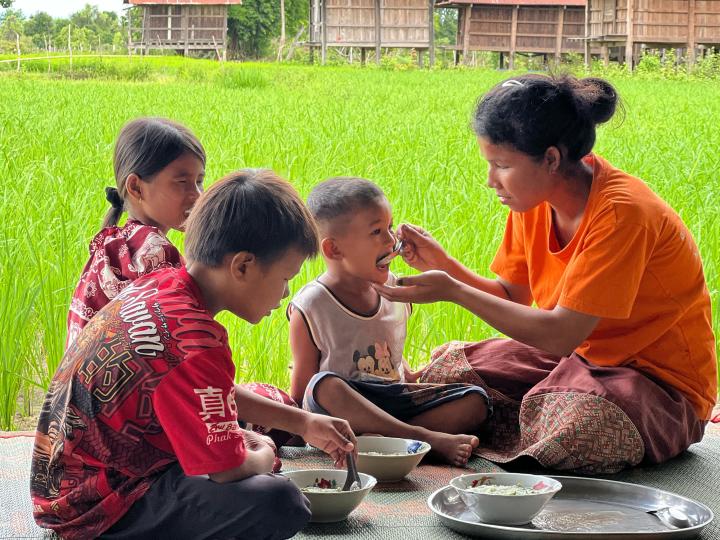
ENOUGH food for a better life and a better future
‘Foods’ stands for diversity, nutrition, affordability, and safety. A greater diversity of nutritious foods should be available in our fields, in our markets, and on our tables, for the benefit of all. Yet a worsening climate crisis, the consequent vulnerabilities that exacerbate migration trends, and the ongoing socio-economic instability are all compounding the food crisis like never before.
A life of plenty for every child has always been possible, but that’s not reality. We must take action immediately.
World Vision is working to address food security issues sustainably and holistically in East Asia through our integrated nutrition, livelihoods, climate change adaptation and resilience-building programmes, as well as close engagement with policymakers to strengthen policies and systems that affect food security.
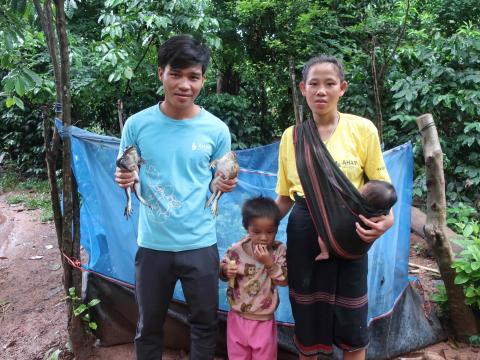
Home Gardening & Financial Literacy
Two years ago, the vegetables and frogs Somphorn tried to farm were not growing well due to a lack of techniques. He is now seeing a positive change: his family's nutrition improves with food variety, they earn an income from the garden, they have started saving money, and the financial burden has become lighter.
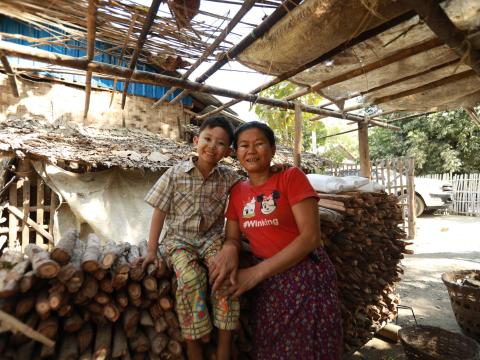
Savings for Transformation
Myo’s father passed away when he was only 8 months old, leaving his mother and older brother, who was 12 at the time, to fend for themselves. With the main breadwinner gone, the family’s struggles worsened. Through livelihood training and participation in a savings group, his family could earn enough money and pay off their debts. Now, Myo's mother is running a successful livestock and farm business, and Myo is attending school without worries, striving to become a doctor in the future.
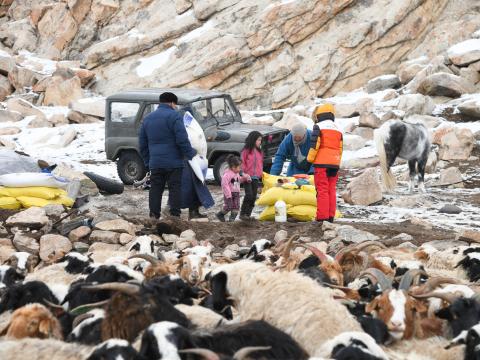
Resilience & Emergency Relief
At least 80% of rural Mongolians rely on agriculture for living. Yet, Mongolia registered over 5.2 million livestock deaths due to extreme winter conditions. For 11-year-old Nyambayar, multi-purpose cash assistance meant having enough food on the table. For 50-year-old Uyanga, it meant life-saving feed for his 30 livestock animals.
While nutrition, livelihoods and resilience programmes are direct solutions to food insecurity,
it is important to incorporate sustainable and efficient water action as water is essential for sustaining life and critical for crop production, food security, public health, sanitation and hygiene,
especially for women and girls.
MOFA-funded water project in Cambodia is among many projects that are significantly transforming the quality of life for children and their families.
The clock is ticking for millions of children in East Asia. More children will suffer from hunger unless we all act NOW.
This World Food Day, let's recommit ourselves to building a world where every girl and boy enjoys ENOUGH nourishing food so that they can thrive.
"Do You Have #ENOUGH?" Challenge
The East Asia region is home to an estimated 155.2 million people living in extreme poverty – 42% of whom are children. These people live in extreme poverty, meaning that they live on the equivalent of what you can buy for $2.15 a day every day. This is the total amount of daily goods that people living under the poverty line have to sustain themselves. This has to cover many more expenses other than food.
The 'Do You Have #ENOUGH?" Challenge aims to help participants understand the lack of choice and opportunity faced by people living in extreme poverty, thereby raising awareness of one of the biggest issues in the world today: extreme poverty and hunger.
